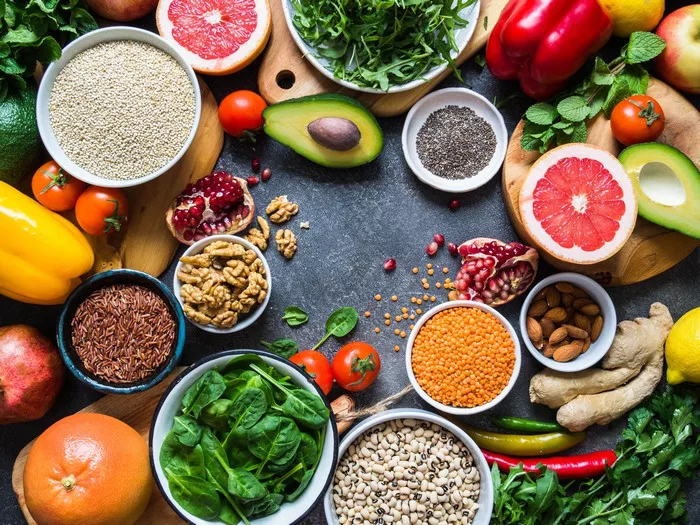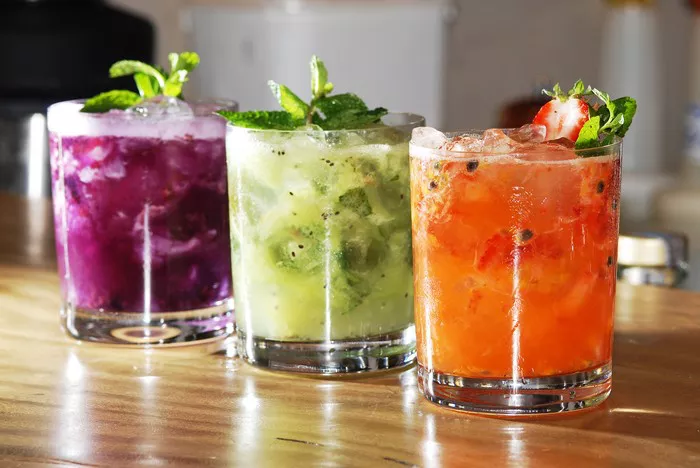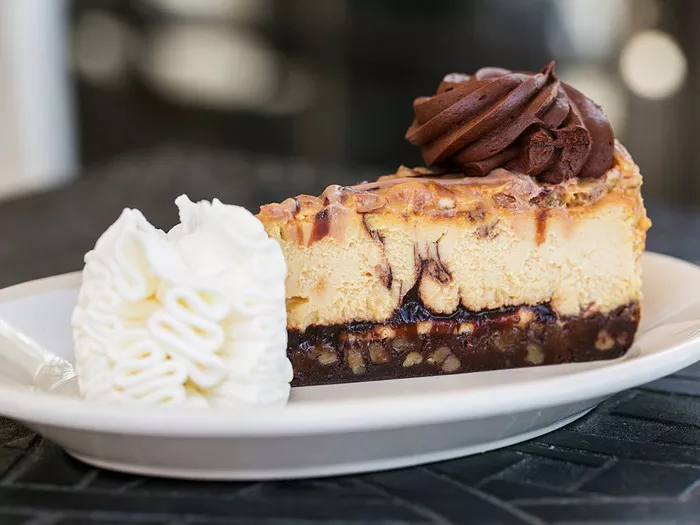Period cramps, or menstrual cramps, are a common and often uncomfortable experience for many menstruating individuals. These cramps occur due to the contractions of the uterus as it sheds its lining during menstruation. While they can vary in intensity, some women may experience severe pain that interferes with their daily activities and quality of life. While over-the-counter pain relievers can be helpful, incorporating certain foods into your diet may also provide relief. In this article, we will explore a range of foods that can help ease period cramps and make that time of the month a little more bearable.
1. Embrace Anti-Inflammatory Foods
Inflammation is a key contributor to pain, including menstrual cramps. Incorporating anti-inflammatory foods into your diet can help reduce inflammation and alleviate discomfort. Some excellent choices include fatty fish like salmon, which is rich in omega-3 fatty acids, as well as leafy greens, berries, and nuts. These foods contain antioxidants and compounds that can combat inflammation.
2. Load Up on Magnesium
Magnesium is a mineral that plays a crucial role in muscle relaxation and nerve function. Studies have shown that magnesium supplementation may help reduce the severity of menstrual cramps. To increase your magnesium intake, opt for foods like nuts (almonds, cashews), seeds (pumpkin, sunflower), whole grains, and dark chocolate.
3. Don’t Skimp on Calcium
Calcium is not only essential for bone health but may also help ease menstrual cramps. Dairy products like milk, yogurt, and cheese are rich sources of calcium. If you’re lactose intolerant or prefer non-dairy options, consider fortified plant-based milks, tofu, and leafy greens like kale and broccoli.
4. Go Bananas
Bananas are a great fruit to include in your diet during menstruation. They are rich in potassium, which helps regulate muscle contractions and can aid in reducing cramps. Additionally, bananas contain vitamin B6, which may help alleviate bloating and mood swings.
5. Ginger for Relief
Ginger has long been used for its anti-inflammatory and pain-relieving properties. Consuming ginger tea or adding fresh ginger to your meals can be beneficial in easing period cramps. It may also help alleviate nausea, which can sometimes accompany menstruation.
6. Get Your Dose of Vitamin E
Vitamin E is a powerful antioxidant that may help reduce inflammation and ease menstrual discomfort. Incorporate foods like almonds, sunflower seeds, spinach, and avocados into your diet to increase your vitamin E intake.
7. Comfort with Complex Carbohydrates
Complex carbohydrates can help stabilize blood sugar levels and provide a steady source of energy, which can be beneficial during menstruation. Opt for whole grains like brown rice, quinoa, and oats, which are not only nutritious but can also promote a feeling of fullness and satisfaction.
8. Emphasize Iron-Rich Foods
Iron deficiency can lead to anemia, which may exacerbate period-related fatigue and weakness. Consuming iron-rich foods can help maintain adequate iron levels in your body. Incorporate foods like lean red meat, poultry, beans, lentils, and fortified cereals to boost your iron intake.
9. Indulge in Dark Chocolate
Good news for chocolate lovers: dark chocolate is not only a delicious treat but may also help ease period cramps. Dark chocolate contains magnesium and antioxidants, making it a healthier option than milk chocolate. Just remember to enjoy it in moderation.
10. Stay Hydrated
Drinking enough water is essential for overall health and well-being, but it can be especially helpful during menstruation. Proper hydration can help prevent bloating and may reduce water retention, which is common during this time of the month. Herbal teas and infused water can be flavorful alternatives to plain water.
11. Reduce Salt Intake
While it’s crucial to stay hydrated, excessive salt intake can contribute to bloating and water retention. Try to minimize your consumption of salty snacks and processed foods during your period to alleviate bloating and discomfort.
12. Consider Herbal Teas
Herbal teas, such as chamomile and peppermint, have soothing properties and can help relax tense muscles. Chamomile tea, in particular, may have mild muscle relaxant effects and can help with menstrual cramps.
13. Experiment with Heat Therapy
Although not a food, heat therapy can provide significant relief for period cramps. Applying a heating pad or taking a warm bath can help relax the pelvic muscles and reduce pain. Combine this with a warm cup of herbal tea for an even more comforting experience.
Conclusion
Menstrual cramps can be challenging to deal with, but incorporating the right foods into your diet can provide natural relief and improve your overall well-being during menstruation. Embrace a balanced diet that includes anti-inflammatory foods, magnesium-rich choices, and comforting options like ginger and dark chocolate. Don’t forget to stay hydrated and consider herbal teas to ease discomfort. Remember, it’s essential to consult with a healthcare professional if you experience severe or persistent menstrual pain. By nourishing your body with these soothing foods, you can make your period a more manageable and comfortable experience.


























